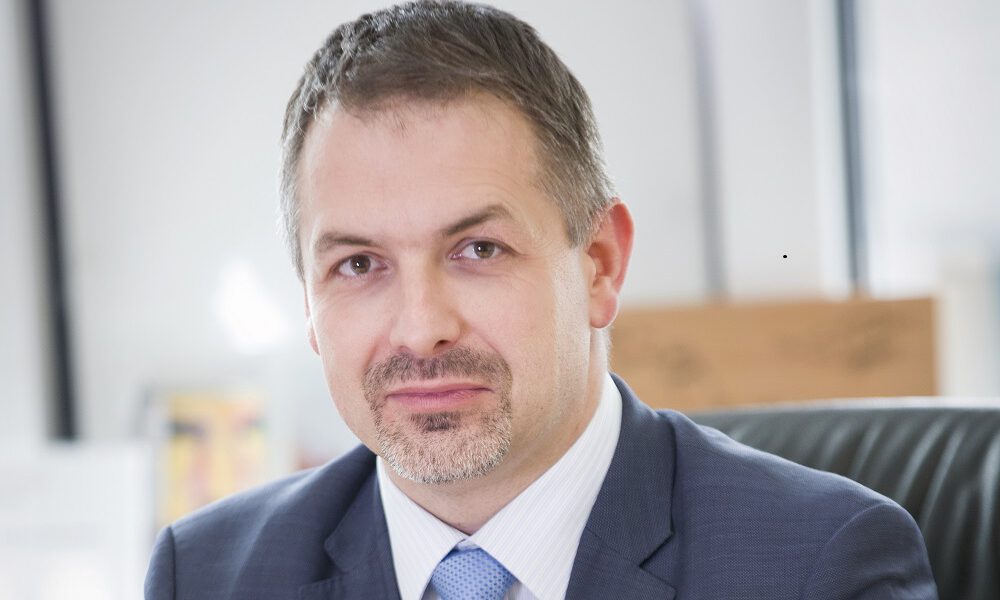In the last two years, the main focus of attention in the health sector has been the COVID-19 pandemic. Although the crisis we have faced has made us realise that health is the most precious thing we have, and even though there have been remarkable advances in medical technology, the pandemic has had a negative impact on cancer prevention. The dynamic situation and the concentration on a single disease discouraged patients from being screened — they were afraid to visit health facilities and, therefore, postponed or abandoned prevention.
Prevention and early detection of cancer are essential for successful treatment. Since 2002, when a universal screening programme for the early detection of breast cancer began in the Czech Republic, the mortality rate for this type of cancer has decreased by 30%. Nevertheless, about 62% of women over 45 years of age attend regular biennial check- ups, and the number of cancer screenings has even fallen by 20% due to the pandemic. This is why quality and early prevention are among the biggest challenges facing the Czech health system today.
Experts agree that patient experience with screening, which starts in screening centres, is key to early cancer detection. Both modern and gentle technology along with empathetic communication by healthcare professionals, which must include clear explanations of the procedure and results, can contribute significantly to a positive patient experience of a procedure that is not in itself pleasant. Due to the complexity of cancer care, patients with suspicious findings are often examined at different sites and communicate with varying providers of care, which can result in fragmented information and misunderstanding of the course of treatment on the patient’s part. The use of digital technologies and artificial intelligence (AI) can also contribute signifi cantly to better integration of cancer care and a better patient experience.
„The use of digital technologies and
artifi cial intelligence (AI) can also contribute
signifi cantly to better integration of cancer
care and a better patient experience.“
GE Healthcare has an extensive portfolio of technologies and innovative solutions that can help with rapid diagnostics, coordinating care across the healthcare team while providing reliable care. These include a 3D mammography system, a biopsy platform, a system designed to detect tumours in dense breast tissue, a software platform with a host of clinical features for metabolic and bone health diagnostic needs, an all-new radiography system and a digital mobile X-ray system. Breakthrough imaging technologies also include an AI application for X-ray that includes a set of algorithms embedded in X-ray systems for automatic measurement, detection, critical case triage and quality control. Another application offers AI detection of eight abnormal radiographic fi ndings in the chest region.
According to Kostas Deligiannis, General Manager of GE Healthcare for Eastern Europe, even the use of artificial intelligence in screening leads to higher image quality and shorter examination times. “This also increases screening productivity, which is crucial for the healthcare industry with regard to capacity and access to care,” Deligiannis adds. By effectively using AI and digital technologies in cancer care, all types of information can be integrated, chronologically ordered and displayed in one place, which again increases efficiency and accessibility of treatment.
Integration of care links the input, delivery and organisation of services related to diagnosis, treatment, care and rehabilitation. This helps not only to increase patient information but also to improve treatment management and reduce the administrative burden on individual physicians. As a result, healthcare professionals can spend less time on data management and more time on direct care and communication with the patient. The use of digital technologies and artificial intelligence is particularly benefi cial in a multidisciplinary team consisting of radiologists, surgeons, urses and pathologists who coordinate care and collect all patient information. Here, technology can become a powerful ally to help integrate all the acquired information and data to help defi ne the disease and understand what diagnosis and treatment is most benefi cial for the patient.




